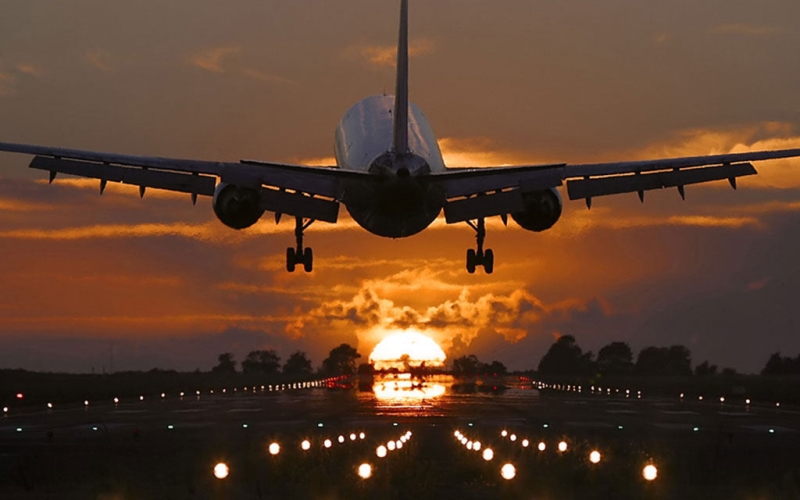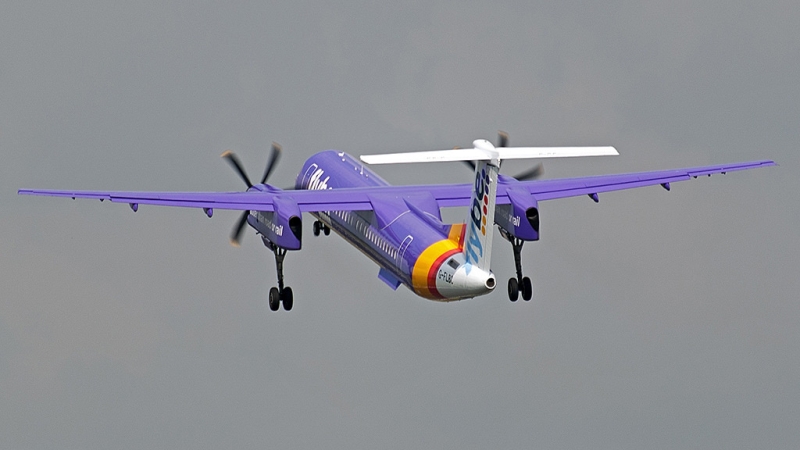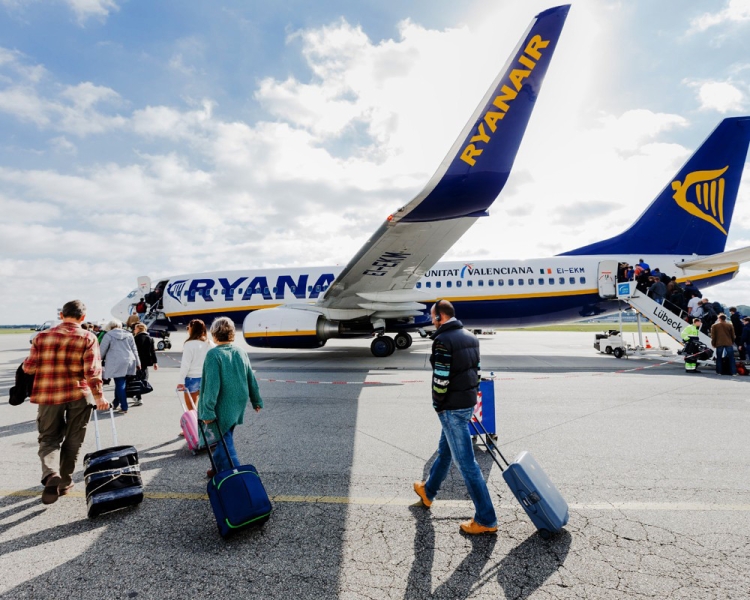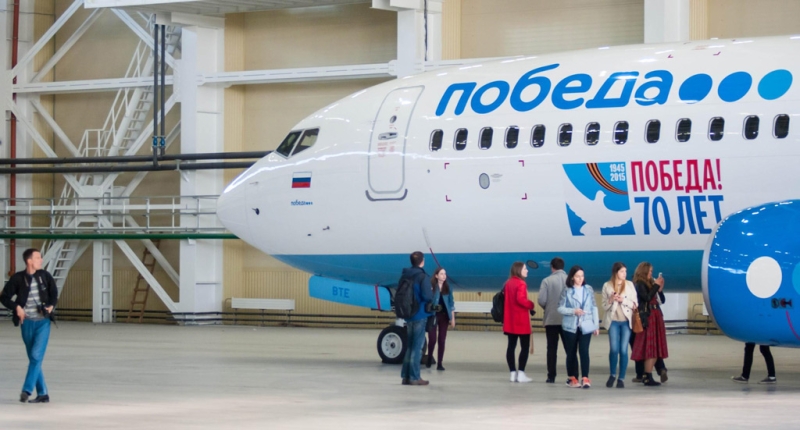
Despite the hype raised in the media and social networks publishing negative reviews about low-cost airlines, this business is in demand and is actively developing. Moreover, traditional airlines are looking at the low-cost transportation model and are trying to apply their experience in their practice. We will talk about how discounters influence the airline market in this article.
The latest trends in the global aviation market are borrowing ideas and methods of traditional companies from budget ones and vice versa. The latter are starting to use loyalty programs, and the former, when creating inexpensive tariffs, are introducing mechanisms that low-cost airlines use. Looking at the success of discounters, large airlines began to open low-cost subsidiary divisions. Today this direction is being developed by Air France-KLM and Lufthansa.

And even in their work, airlines are beginning to apply the principles of low-cost airlines. For example, when creating new tariffs, they describe in detail what the passenger pays for and what he can refuse. Economy ticket options are appearing, the so-called “flexible fares”, without the right of return and baggage allowance, without the ability to decide for yourself where to sit in the aircraft cabin, and other selective options. S7 offered similar fares late last year, and OneTwoTrip noted a rapid increase in demand for these tickets.
European carriers, for example, Air France-KLM, adopted flexible fares back in 2013, introducing the ability to fly without luggage if desired and not pay for unnecessary services. British Airways has offered its economical fares, but you need to pay at least $16 extra for baggage transportation. The Russian market also reacted to the arrival of Pobeda and began to gradually reduce prices. For example, before the low-cost airline arrived in Astrakhan, air tickets to Moscow cost 3,600-3,700 rubles. “Victory” came with an offer of 999 rubles per ticket. Soon, traditional airlines lowered prices to 3,000 rubles, and then introduced fares without baggage and began asking 1,500-2,000 rubles per ticket.

OneTwoTrip works with more than 70 global low-cost airlines, and we have seen a similar picture more than once: the arrival of a low-cost airline causes a reduction in the basic cost of tickets for other companies. Summarizing the data for the last six months, we can note a decrease in ticket prices in Russia by approximately 25-30%.
The number of discount airlines in the world is growing rapidly. Their market share (in Europe over 10 years it has risen from 17 to 32%) is influenced by the low-cost airlines themselves, and the subsidiaries of large carriers, and their “flexible fare” systems.
However, there are also changes on the part of discounters: having attracted the part of the passenger flow they need, they began to move towards comfort, providing more expensive business tariffs on their lines, which include an expanded package of services.

Forecasts for the future
Competition in the field of tourism and transportation is growing, and players are looking for the models most in demand by passengers. This means that airlines are beginning to grow towards mixing previously clearly differentiated business and economy services, towards flexibility and transparency of ticket prices, towards the ability for passengers to influence the price of their flight.
Today many claims are made against the Russian low-cost airline; Pobeda is compared with traditional, familiar airlines and, most often, not in its favor. But passengers willingly fly with Pobeda, and this suggests that the low-cost system works in the domestic market. You just need to accept and realize that you have to pay for everything and, when buying cheaper, you need to be ready to give up some usual services.
Now you don’t have to pay for your air ticket right away! Details on OneTwoTrip Credit
Read the first two articles in the series of materials about low-cost airlines:
Low-cost airline: what makes up an attractive ticket price
From Sky Express to Pobeda: low-cost airlines in Russia

